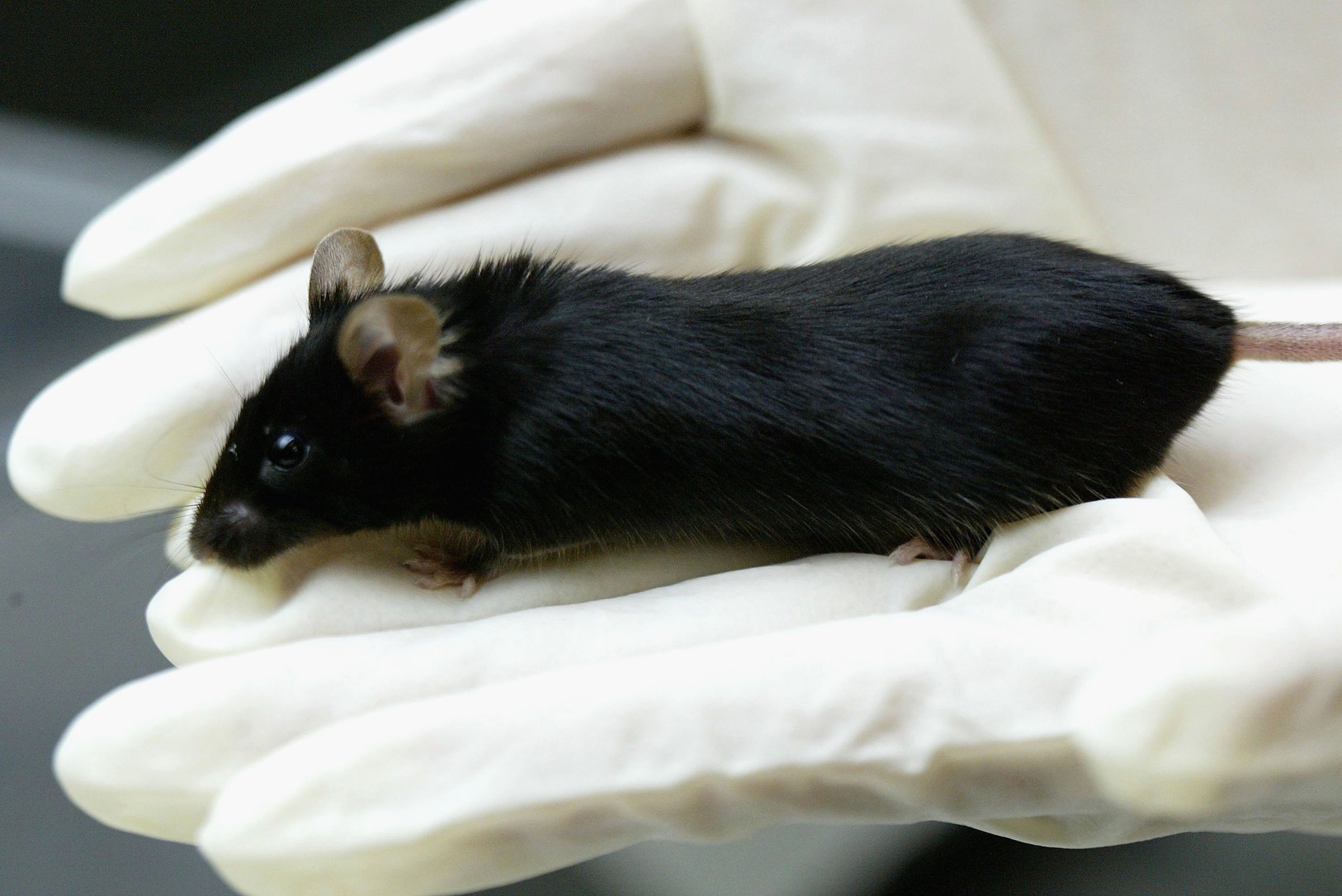
A recent study by Northwestern University showed that mice were able to get pregnant with 3-D printed ovaries — a development that could help lead to advances in restoring fertility and hormone production in women who have survived cancer.
After replacing their ovaries with 3-D printed copies, the mice were able to ovulate, give birth and nurse their young, according to the study published in Nature Communications.
“What happens with some of our cancer patients is that their ovaries don’t function at a high enough level and they need to use hormone replacement therapies in order to trigger puberty,” said Monica Laronda, a co-lead author of the study.
The 3-D printed structures used in the study were able to fulfill their goal to restore fertility and hormone production in the mice. Much more research is needed to determine if this approach can be used successfully in humans.
More Must-Reads from TIME
- Why Trump’s Message Worked on Latino Men
- What Trump’s Win Could Mean for Housing
- The 100 Must-Read Books of 2024
- Sleep Doctors Share the 1 Tip That’s Changed Their Lives
- Column: Let’s Bring Back Romance
- What It’s Like to Have Long COVID As a Kid
- FX’s Say Nothing Is the Must-Watch Political Thriller of 2024
- Merle Bombardieri Is Helping People Make the Baby Decision
Contact us at letters@time.com